Your ultimate guide to interior design styles. – by Rebecca Lowrey Boyd
Looking to update your home but not sure where to start? There are many different design styles to consider when giving your home a makeover, from Scandinavian home decor styles and mid-century modern house interior styles to French provincial and contemporary.
So whether you’re embarking on a large-scale home renovation or just giving your kitchen a refresh, having a strong sense of various interior decorating styles can give your home a polished and cohesive look.
Here, we take a look at 7 popular types of interior design.
- Scandinavian
If you’re after a simple but cosy house interior style, consider Scandinavian (or Scandi). One of the key features of Scandinavian style is the concept of hygge, a Danish term which loosely means cosiness. It’s the idea of treasuring the simple things in life and creating a sense of warmth within the home.
According to Home Beautiful, Scandinavian style “has a particular flair for affordable, functional furniture, made using natural materials and traditional craftsmanship, and it is at the heart of Scandi style.
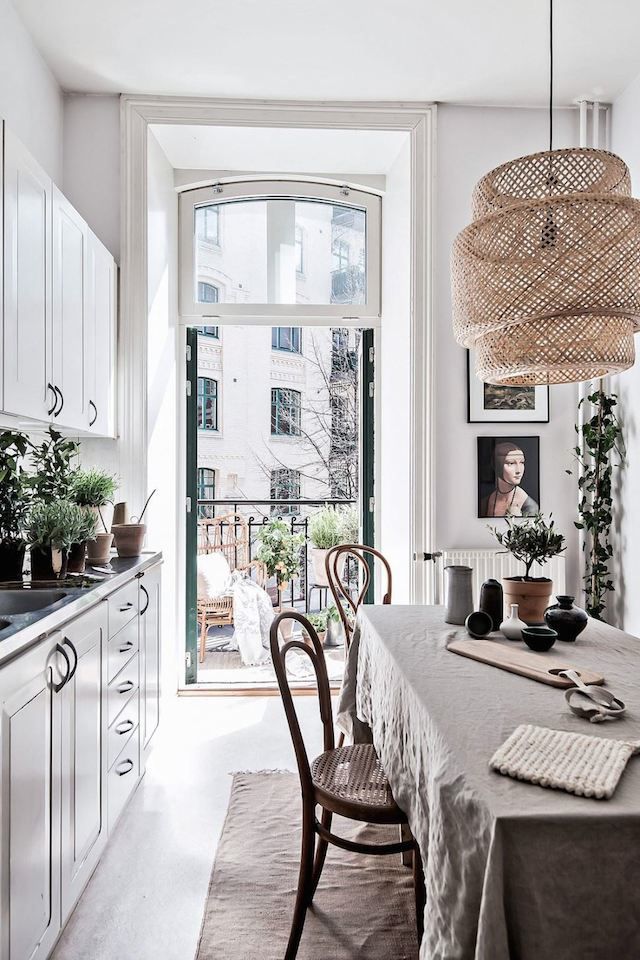
weebirdy
“You can learn a lot about a nation from their homes, and in Denmark, most of them have a very similar look: white walls, wooden floors, uncluttered surfaces and smart, designer touches,” says Helen Russell, author of The Year of Living Danishly.
“Every home is centred around a dining room table and having family meals together is an important part of life.”
- Hamptons
A hugely popular interior decorating style in Australia, classic Hamptons style embraces a fresh, airy palette and natural textures.
According to Home Beautiful, the decorating style is “inspired by the architecture and decorating of holiday homes and buildings in the luxury seaside communities along the eastern beaches of upstate New York’s neighbouring Long Island.”
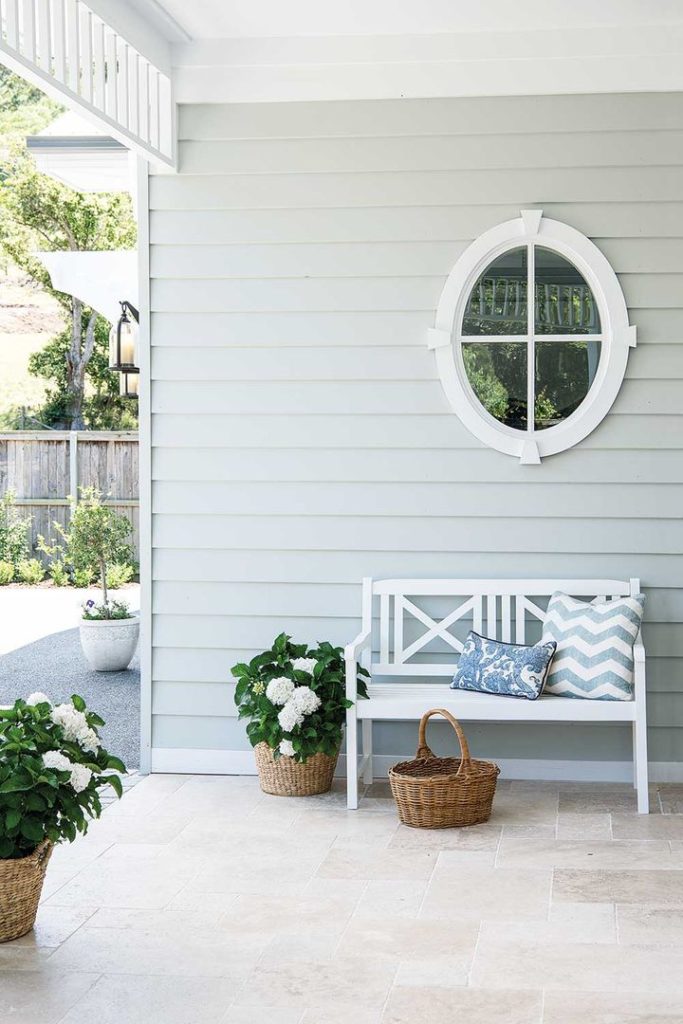
Brigid Arnott
White and blue are key colours in Hamptons-style interiors, together with key elements such as well-positioned windows to optimise cross-ventilation, plantation shutters, nautical-style décor, timber floorboards and timber moulding along hallways and staircases.
In the kitchen, white kitchen cabinetry dominates, with open shelving or glass paned doors. Marble or light-coloured engineered stone is the main choice for benchtops.
- French provincial
A classic decorating style, French provincial is defined by refined details, rustic textures and a washed-out colour palette.
According to Home Beautiful, the look “features powdery hues, whitewashed wood and raw timber, soft linens and texture, with an overlay of opulence: curved furniture, embroidery and gilt framing against a farmhouse-style backdrop of stone flags and milkpaint walls.”
“It’s less about trends; one of the reasons it remains so popular today,” says interior designer Karenza Jewell.
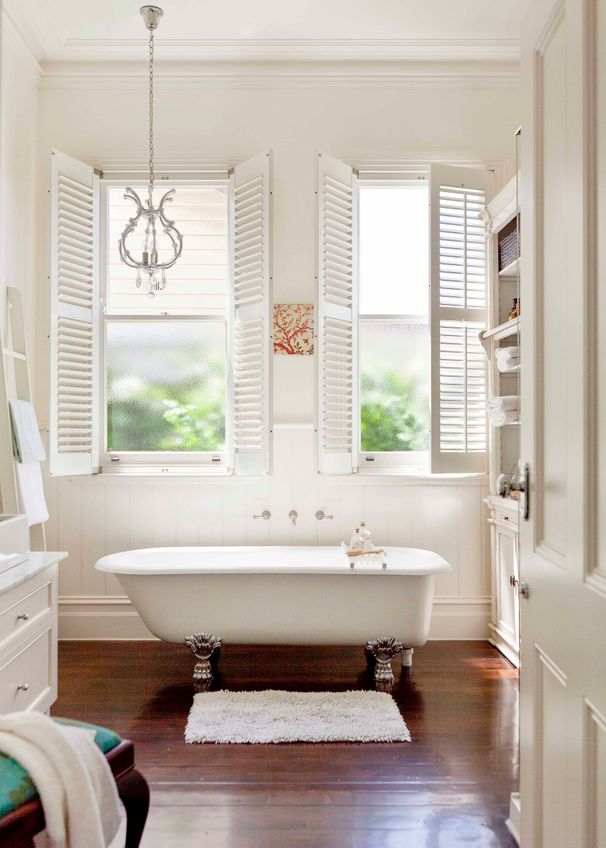
Marcel Aucar
“It works in new and heritage homes. In the city it gives a sense of warmth, welcoming yet still sophisticated, and in the country it fits seamlessly with provincial surroundings.”
To perfect a French provincial home décor style, go for white, muted colours for walls and mid-tone timbers in flooring and furniture.
- Mid-century modern
The streamlined retro look that was popular in the 1950s and 1960s is a classic decorating style that has never gone out of fashion.
According to Home Beautiful, “one of its hallmarks – and the reason for its enduring appeal – is its focus on functionality”.
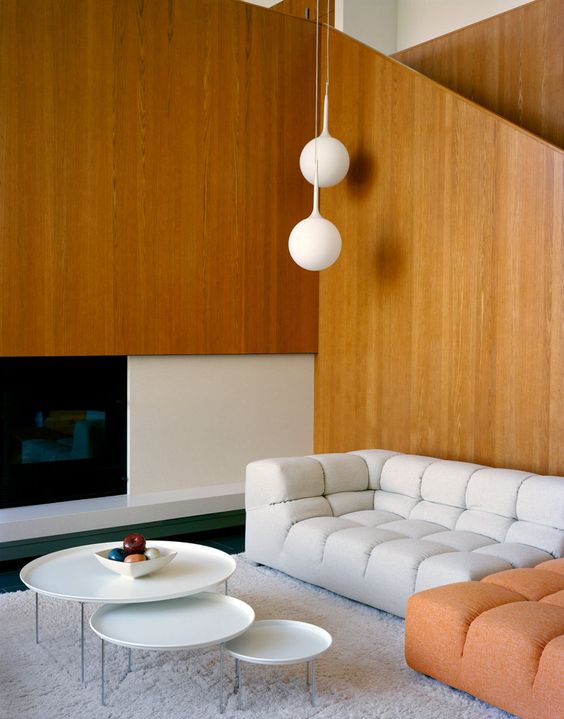
weebirdy
“The principle behind many of the iconic mid-century furniture designs was ‘form follows function’, which simply means that the furniture was designed for its purpose without unnecessary features,” adds Diana Ribarevski of Coco Republic.
Best of all, says Home Beautiful, “the era’s natural materials and organic, sculptural forms are completely compatible with almost any contemporary home. Groovy, baby.”
- Industrial
An urban look with an edge, industrial is characterised by raw textures, exposed elements and metal fixtures and finishes. Think of classic warehouse apartments in New York with stripped timber floorboards or concrete floors, exposed brick walls and utilitarian materials.
A rustic finish is a key feature of the industrial decorating style, with reclaimed wood, layers of chipped paint and salvaged pieces of furniture.
According to House Nerd, “a key feature of most industrial-inspired and warehouse homes is a minimal and often very neutral base colour palette, with colour added in the form of accents like artwork, tapware, textiles, rugs and crockery.
“Try sticking to a base palette of different shades of greys, from light to gunmetal, black and white accents warmed up with wood and warm tones from brick and leather. You can then layer in colour in other ways.”
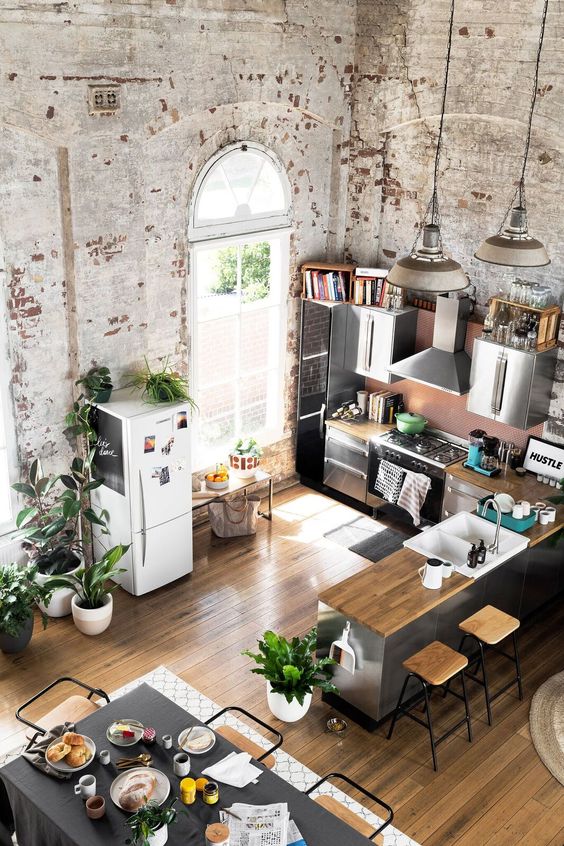
- Eclectic
Incorporating elements from various cultures, decorating styles and time periods, an eclectic home décor style is highly personal in character.
Think of a Moroccan rug combined with deer antlers, mismatched vintage chairs and French toile fabric.
The key to nailing the eclectic look is through thoughtful editing and linking disparate elements through colour and texture.
According to Elle Décor you should “use one texture at least three times in different spots throughout a home,” to maintain a cohesive look.
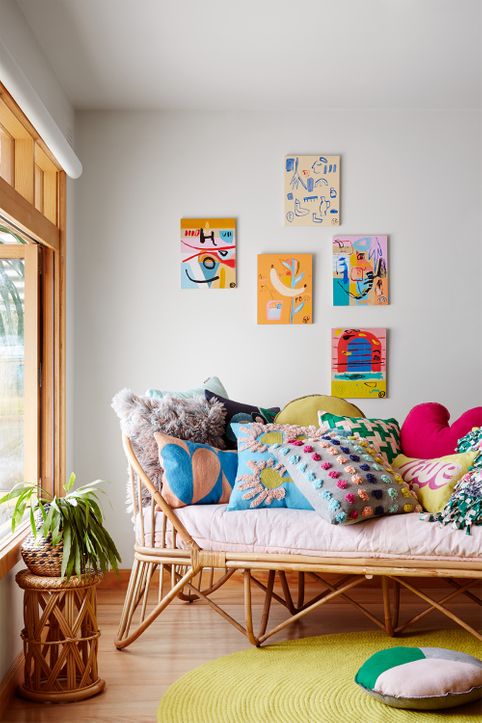
Styling by Greenhouse Interiors. Photography by Annette O’Brien.
- Contemporary
At once classic and of-the-moment, a contemporary house interior style has the most cross-over with other aesthetics.
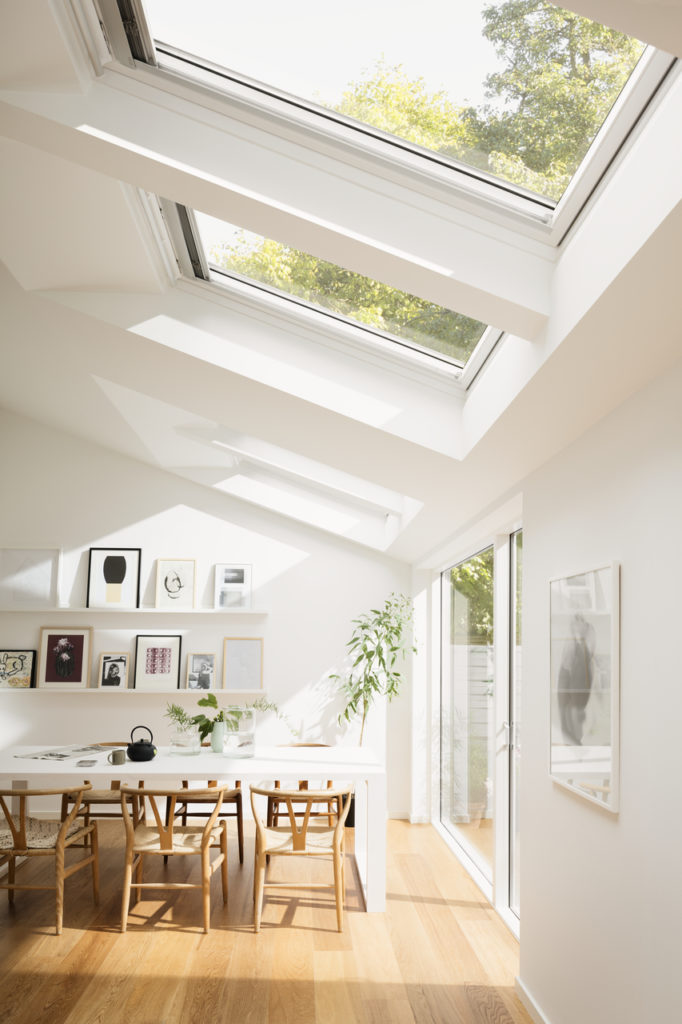
Hege in France
Contemporary design is constantly changing.
“Unlike other styles which are more or less set in stone, says Fresh Home, “what’s “of the moment” today may change in a few years’ time.
“Today, the look is defined by curved lines, neutral colours and minimalism, but it may look slightly different in the future.”
Disclaimer: The opinions posted within this blog are those of the writer and do not necessarily reflect the views of Better Homes and Gardens® Real Estate, others employed by Better Homes and Gardens® Real Estate or the organisations with which the network is affiliated. The author takes full responsibility for his opinions and does not hold Better Homes and Gardens® Real Estate or any third party responsible for anything in the posted content. The author freely admits that his views may not be the same as those of his colleagues, or third parties associated with the Better Homes and Gardens® Real Estate network.




